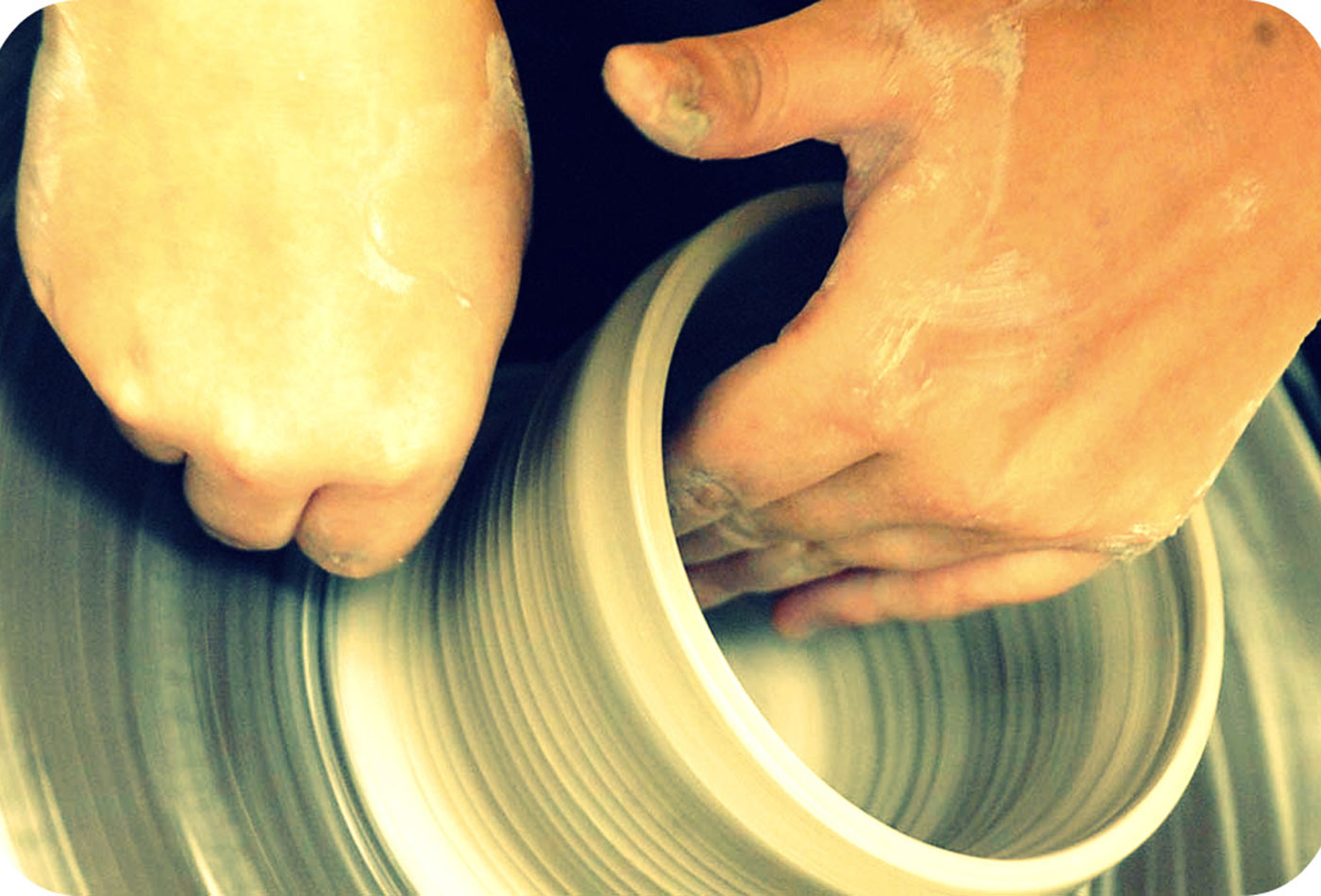How to build—and grow—a strong design practice
5 questions for Aarron Walter: Shaping products, growing teams, and managing through change.
 Shaping. (source: Becky Wetherington on Flickr)
Shaping. (source: Becky Wetherington on Flickr)
I recently asked Aarron Walter, VP of design education at InVision and author of Designing for Emotion, to discuss what he has learned through his years of building and managing design teams. At the O’Reilly Design Conference, Aaron will be presenting a session, Hard-learned lessons in leading design.
Your talk at the upcoming O’Reilly Design Conference is titled Hard-learned lessons in leading design. Tell me what attendees should expect.
I had the unique opportunity of watching a company grow from just a handful of people to more than 550 over the course of eight years at MailChimp. When I started we had a few thousand customers, but when I left in February of 2016, there were more than 10 million worldwide. We saw tremendous growth, and I learned so much in my time there. In my talk, I’ll be sharing the most salient lessons I learned along the way—how to shape a product, grow a team, how a company changes and how it changes people’s careers, and a lot more.
What are some of the challenges that come along with building and leading a design team in a strong growth period?
As a company grows, the people who run it have to grow, too. There’s a steep learning curve. When you’re a small team it’s easy to make decisions and get things done. But when a company grows, clear processes are needed, more people need to be brought into the planning process, and rapport has to be developed between teams and key individuals.
The trick is you never really know what stage the company is in, so there’s always uncertainty about whether you’re doing the right thing. Everyone has to adapt and change with each new stage, and that can be hard for some people.
What are some of the more memorable lessons you learned along the way?
Early on as the director of UX, I thought my most important job was designing a great product. That was true but only until we needed to start building teams. Then my most important job was hiring great people. That remained my top priority for years to come, and I see it as my lasting legacy within the company. There are so many smart, talented people at MailChimp. I’m proud to have played a part in hiring and mentoring a number of people who’ve gone on to lead their own teams.
In the early years of the product, we were focused on the future, toward new features and new ideas. But as the product and company matured, we had to master the art of refinement. Feature production is a treadmill: there will always be something else you can build. But if those features are half-baked or unrefined, you can end up with a robust product that is too complicated or too broken to use. Phil Libin said it best, “The best product companies in the world have figured out how to make constant quality improvements part of their essential DNA.”
You will be speaking about the importance of building a strong design practice. Can you explain what this looks like?
A strong design practice has these things going for it:
- A product vision that makes it clear to everyone how the product fits into the lives of the audience.
- A rigorous process for understanding the problem through research, customer interaction, and debate.
- A culture of feedback where designers can continue to grow and the work gets pushed to its potential.
- Strong relationship with other teams. Design is a continuum, not just a step in the process. You have to work with everyone in the process to produce great products.
You’re speaking at the O’Reilly Design Conference in March. What sessions are you interested in attending?
I’m excited to hear Alan Cooper speak. His book The Inmates are Running the Asylum made a big impression on me. I’m also looking forward to hearing Dan Hill talk about the UX of buildings, cities, and infrastructure. Architecture and city planning are ripe with lessons for the UX practice.
It’s an incredible line up of speakers!
